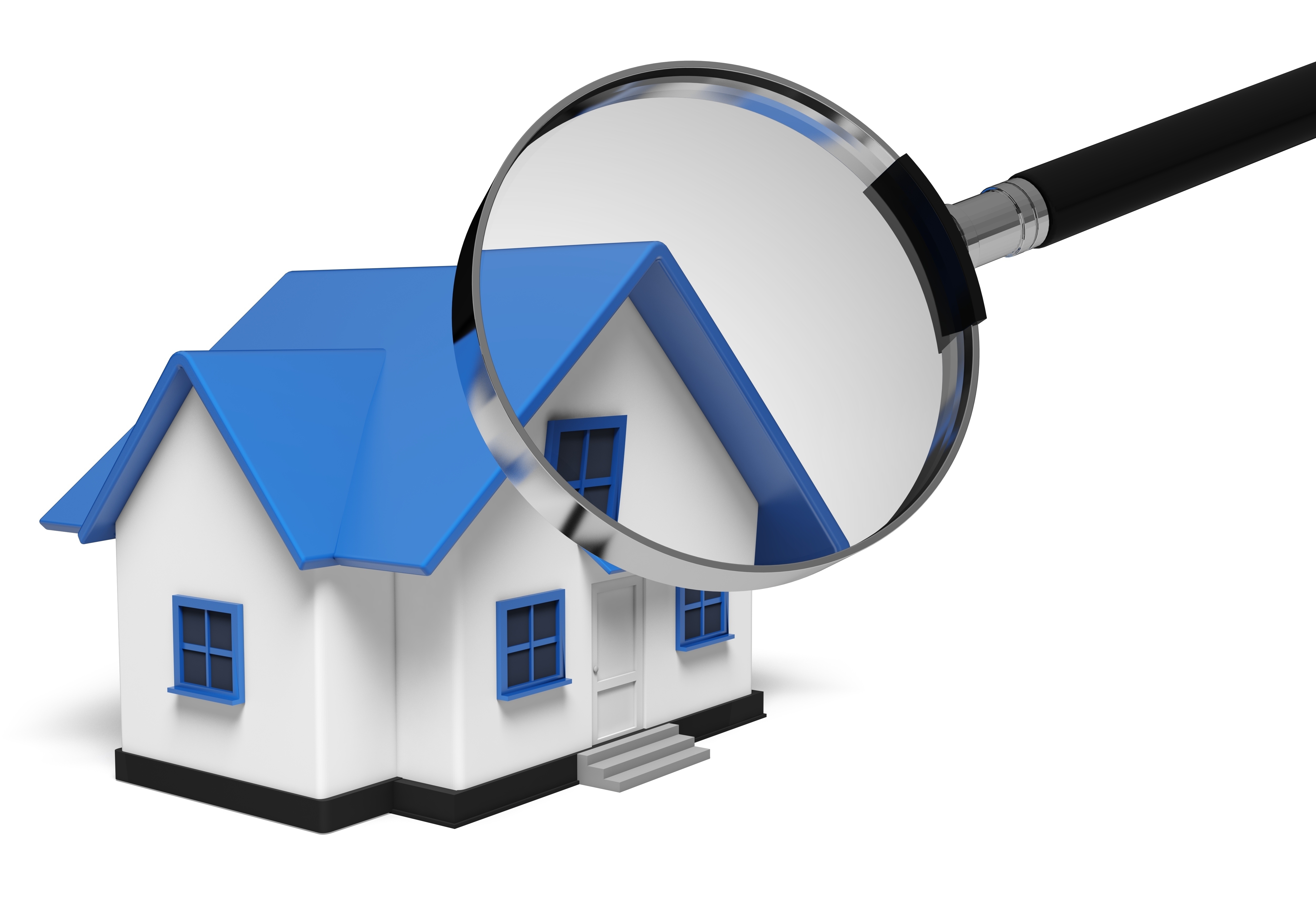
What Goes Into an Appraisal?A home purchase is the most significant financial decision some people might ever make. Whether it's where you raise your family, a seasonal vacation home or a rental fixer upper, purchasing real property is an involved transaction that requires multiple parties to see it through. Most of the participants are very familiar. The real estate agent is the most known person in the exchange. Then, the mortgage company provides the financial capital required to finance the transaction. The title company makes sure that all requirements of the sale are completed and that the title is clear to transfer to the buyer from the seller. So, who makes sure the real estate is worth the amount being paid? In comes the appraiser. We provide an unbiased opinion of what a buyer could expect to pay — or a seller receive — for a parcel of real estate, where both buyer and seller are informed parties. A licensed, certified, professional appraiser from Sternberg will ensure, you as an interested party, are informed. Inspecting the subject propertyOur first task at Sternberg is to inspect the property to ascertain its true status. We must see features first hand, such as the number of bedrooms and bathrooms, the location, amenities, etc., to ensure they truly exist and are in the shape a typical buyer would expect them to be. To ensure the stated size of the property is accurate and document the layout of the home, the inspection often includes creating a sketch of the floorplan. Most importantly, the appraiser identifies any obvious features - or defects - that would affect the value of the property. After the inspection, an appraiser uses two or three approaches to determining the value of real property: paired sales analysis and, in the case of a rental property, an income approach. 
Cost ApproachHere, the appraiser pulls information on local construction costs, labor rates and other factors to calculate how much it would cost to build a property similar to the one being appraised. This value commonly sets the maximum on what a property would sell for. The cost approach is also the least used predictor of value. 
Paired Sales AnalysisAppraisers get to know the neighborhoods in which they appraise. They innately understand the value of particular features to the homeowners of that area. Then, the appraiser looks up recent transactions in the vicinity and finds properties which are 'comparable' to the home at hand. By assigning a dollar value to certain items such as remodeled rooms, types of flooring, energy efficient items, patios and porches, or extra storage space, we adjust the comparable properties so that they more accurately match the features of subject property.
In the end, the appraiser reconciles the adjusted sales prices of all the comps and then derives an opinion of what the subject could sell for. At Sternberg, we are an authority in knowing the value of particular items in Bella Vista and Benton County neighborhoods. The sales comparison approach to value is most often given the most importance when an appraisal is for a real estate exchange. Valuation Using the Income ApproachA third method of valuing real estate is sometimes applied when an area has a measurable number of renter occupied properties. In this case, the amount of income the property produces is factored in with income produced by neighboring properties to give an indicator of the current value. Coming Up With The Final ValueCombining information from all approaches, the appraiser is then ready to stipulate an estimated market value for the subject property. The estimate of value on the appraisal report is not necessarily what's being paid for the property even though it is likely the best indication of a property's valuePrices can always be driven up or down by extenuating circumstances like the motivation or urgency of a seller or 'bidding wars'. Regardless, the appraised value is often employed as a guideline for lenders who don't want to loan a buyer more money than the property is actually worth. At the end of the day, an appraiser from Sternberg will help you attain the most fair and balanced property value, so you can make wise real estate decisions. |